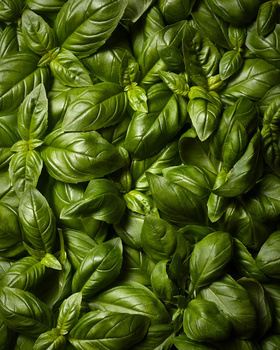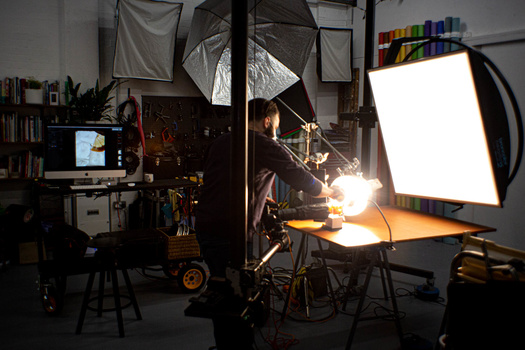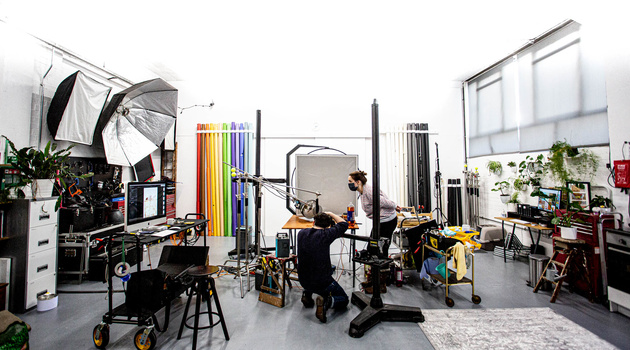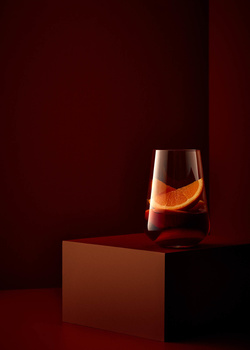A few years back I wrote a lifetime review on the Canon EOS 5D II. Since then I upgraded to the Canon EOS 5ds and 5DS R cameras, 5 years down the line I thought it apt to have a detailed look at them.
Since starting out in photography, a lot has changed. When I invested in a few of the Canon Eos 5D II bodies, they were groundbreaking. Both in terms of resolution and the added bonus of video. Which sadly at the time was of no use to me. However, since then I feel that the new mirrorless Canon cameras offer a similar shift in industry expectations that the classic 5dmk2 did, so before I advance on from my Canon 5DS R system, I thought it worth having a long look at how the camera has performed, how relevant it is today, and what I will be purchasing next.

What Do I Use it For?
I work as a commercial photographer and in more recent years, the majority of my work has been for print. The Canon 5DS/DS R series offered me an affordable solution to high resolution for either when budgets didn’t allow for bigger cameras or if the job came in very last min and the rental houses couldn’t get anything bigger to me. In the same way that my studio is kitted out with older models of Broncolor heads and packs, it all offers me executable performance for pretty much any job, but the ability to rent in bigger toys when needed.
A lot of the commercial work I shoot is made of composites. This is where the resolution really comes in handy. Back in the days of 20 megapixels, we would have to shoot an asset at a time, but now we can shoot several in one got and cut them out later. I run my camera from a mains power source tethered via usb3 to a computer running Capture One. The raw file conversion is pretty good straight off the bat, it also really takes adjustments in clarity and structure well, which is very important in my line of work.

Camera Settings
I tend to shoot at 100 ISO, f/10, and 125th of a second. I find that going to the max flash sync shutter speed can at times be problematic, however, I haven’t had any issues at 125th. The ISO is as noise-free as one could expect at 100 ISO. I don’t have any need for anything else, but I had tried it at higher ISOs, and I found it started to lose colors and detail past 640 ISO in good light.
The Files
Yes, 50 megapixels means a pretty large file, especially when you have merged several together as tiff files. You quickly move into PSB territory in Photoshop. However, compared to the Phase One systems, it is very manageable. As with all Canon files, they are a bit too red and warm, but it is very easy to correct by either shooting a test card or simply adjusting the colors in post. The files it produces have never had any complaints, and I have shot for some very demanding clients in the past. I have also don’t multiple days shooting for a client where on some we used a Phase system and others the Canon. No one in the room mentioned noticing any difference.
5DS or 5DS R?
The Canon Eos 5DS R version is notably sharper. I haven’t yet had any issues with it in terms of moire which seems to be the fear. Although my style of work is very graphic, so I wouldn’t expect to. I have one of each just in case, but it’s the 5DS R version that stays bolted to my studio stand. Paired with a Zeiss Milvus 100mm f2 lens it is a really brilliant combination for capturing details raw files.

Lenses and Auto Focus
At the time of the release of this camera, there were a lot of questions about which lenses from the Canon system would actually resolve the files. Predominantly I use a 100mm Zeiss Milvus which works really well, I also use the Canon TS-E lens line up which are perhaps somewhat lagging, but not to a point where it really matters at print. The other two lenses that I put on this body are the Sigma Art 35mm and 50mm f/1.4 lenses. These both resolve plenty of detail and work really well with the camera.
The autofocus is similar or maybe even the same as the Canon EOS 5D III. I very rarely use autofocus as the lenses I use don’t have it, but the cameras certainly won’t hold up to mirrorless autofocus, though they are fine for any application I can think of where 50 megapixels are required.
Build Quality
I really can’t complain. These two cameras haven’t skipped a beat, granted they mostly get used indoors, but they feel far more robust than my previous cameras from Canon and I would rather drop one of these than a Phase One. The card and battery doors feel strongly built and the body is well weather sealed. Although used indoors, it does get water and drinks thrown over it pretty often.
What I Liked
This camera system has saved me so much money. Not renting big cameras, saving time on shooting, and being able to use all of the Canon glass I have collected over the years. The bodies I have are super reliable and have never let me down, the image quality is unbelievable for the price point, and it is packed with loads of cool features like delayed shutter release.
What I Didn’t Like?
As with all Canon or 35mm camera systems, the color science is never as good as what you can get from a medium format system. I am also not too keen on the aspect ratio of 35mm cameras so I often end up cropping to something more flattening, but the resolution certainly helps here.

Who Is This For?
Anyone who really needs low ISO, high resolution, and can’t afford medium format. Different brands have their own high-resolution offerings, I only use Canon as they have the best technical lenses, but if you don’t need those, go for whichever is cheapest.
Who Is This Camera Not For?
If you don’t want to spend a couple of thousand a year on hard drives, if you need any form of fast frames per second or need really top color performance, you probably want a Canon EOS 1D X II or a medium format system.
What Will I Buy Next?
I am starting to think of an upgrade as there are a few things that this camera system can’t do that I often feel I am lacking. So I am now looking into camera systems that allow movements that are considerably more advanced than what I can get from a tilt-shift system